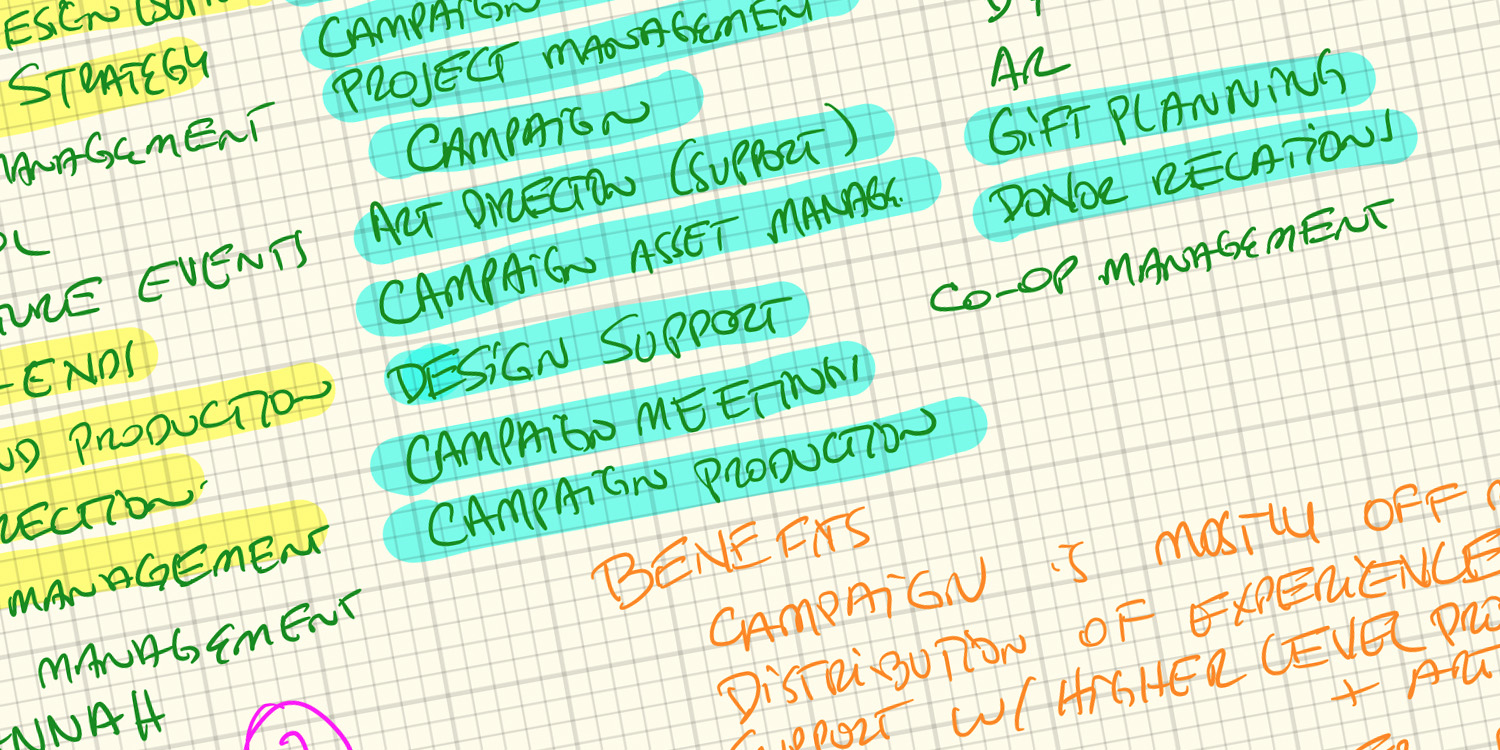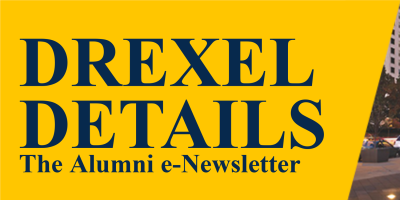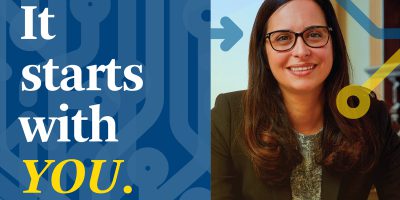When I joined the Marketing and Communications team for Drexel University’s Institutional Advancement, I recognized several opportunities to elevate the design team’s operations. I combined the following strategies to steer the team towards improved performance, increased satisfaction, and strengthened collaborations.
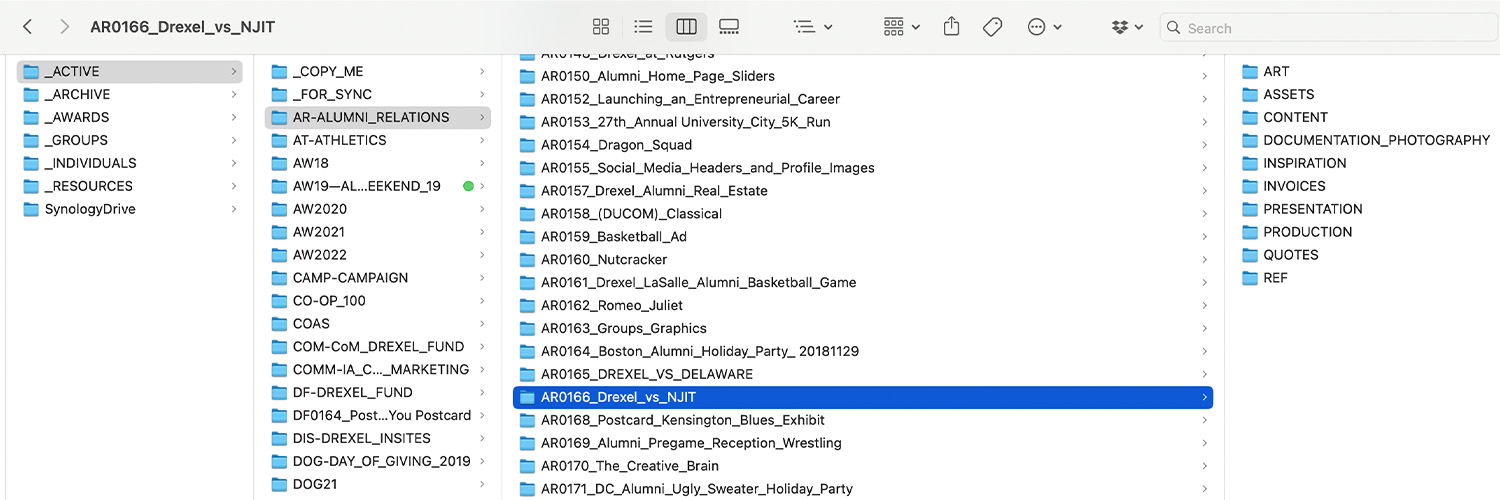
Digital System Optimization
Motivation
- The University provided insufficient network storage and limited the services we could use to handle data
- Each designer saved their files locally or on external drives, and had their own filing conventions
- Retrieving files could take from 30 minutes to several hours, and often we couldn’t find them
- Our files were not properly set up for production, so we required additional work with our partners
Solutions
- In collaboration with the IT department, we secured a compliant drive that we could access on campus and via VPN
- We implemented a digital filing system for easier navigation and archiving
- We developed a file naming convention, including the project code from the project management system and a file versioning schema
- I provided production guidelines to align with standard printers’ requirements and with our production partners’ requests
Outcomes
- Retrieving files took, at most, minutes since we could pull files by project code, and we could either work off the network or download the files
- Since files were accessible over VPN, we could work remotely seamlessly
- We streamlined onboarding and collaborative work since all resources and files were available in real-time
- We reduced production times; particularly with printers, we saved on average one day in production per project
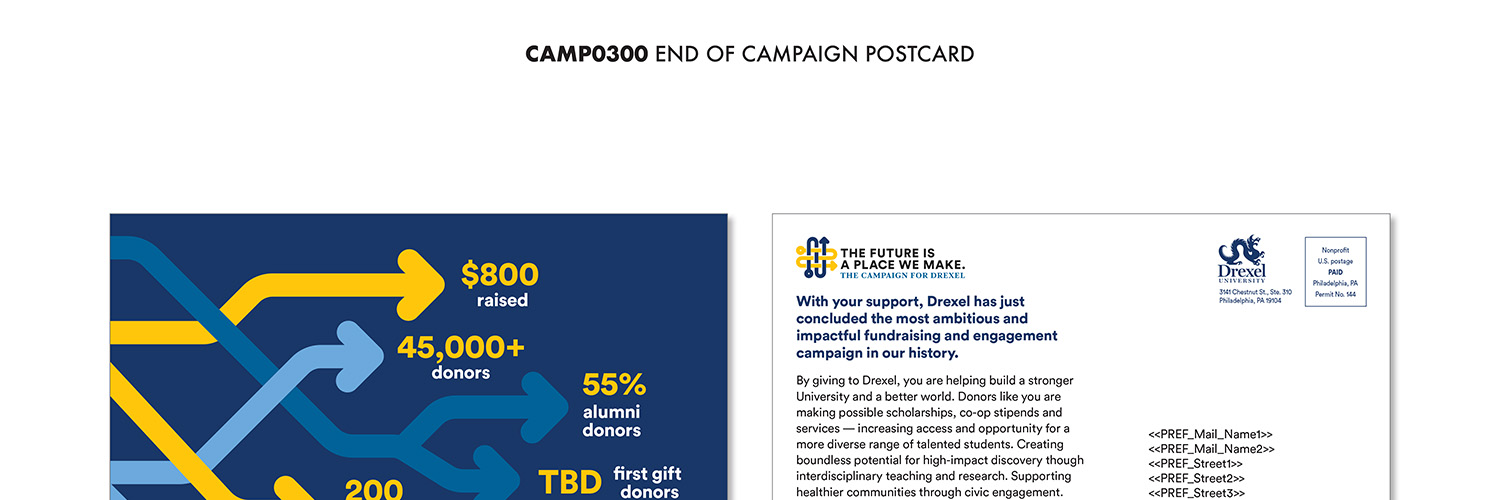
Streamlining Reviews and Approvals
Motivation
- The creative director position had remained previously vacant for over six months
- The team lacked centralized creative feedback
- Partners worked reactively with designers and bypassed the proper communication channels and processes
- The design team expressed confusion with the lack of direct and consistent feedback and guidelines, and with the excessive rounds of feedback
- Junior designers and freelancers received limited guidance, and designers lacked mentoring
Solutions
- I advocated for the design team and for my position as creative director to guide the creative process
- Partners shifted to work with me and project management to make sure our projects were properly structured
- The new process included internal feedback and approval before designers routed projects to our partners
- I managed freelancers with clear guidance and focused on mentoring and growing the design team
- The team to balanced assertiveness with listening to feedback
Outcomes
- We improved work quality since designers received centralized, experienced feedback before sharing work with partners
- The Increased clarity translated into improved team satisfaction and more efficient operations
- We reduced the rounds of feedback to about half on average, and feedback became much more actionable since we resolved the bigger issues internally
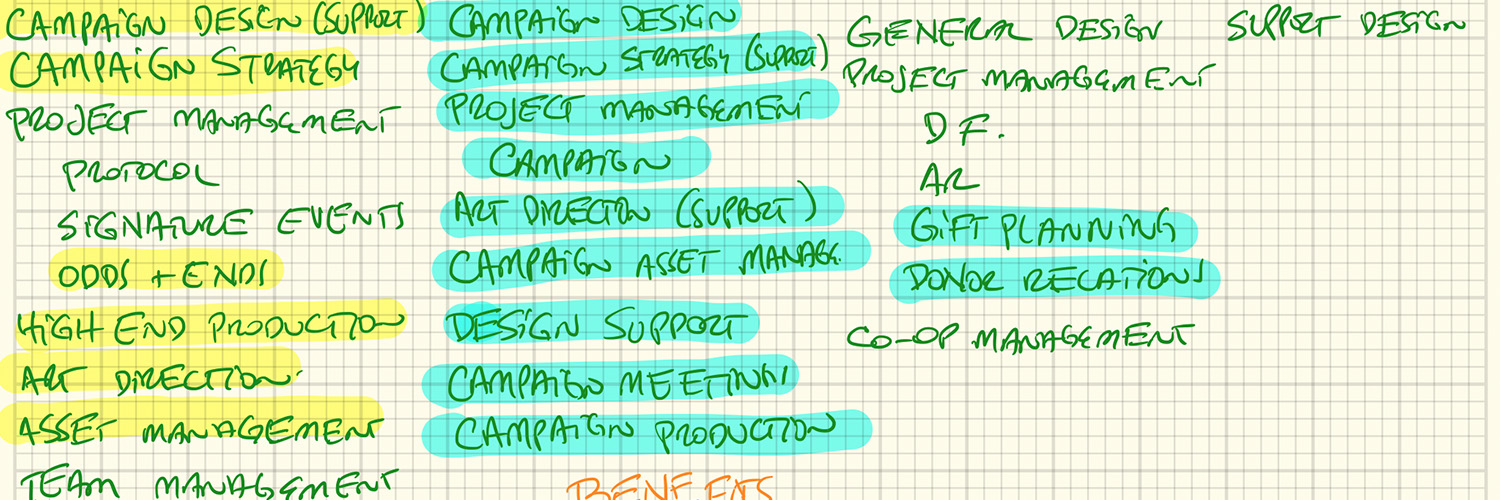
Strategic Work Distribution
Motivation
- The design team’s workload was inefficiently distributed
- The team size oscillated between two and four designers, plus consistent freelance support
- Initially, each designer was responsible for the whole project lifecycle, including administrative and strategic work that took away from the creative work; there was no centralized administration or strategic effort
- The entire team was constantly at capacity and we had to outsource work to complete all projects
Solutions
- At our partners’ request, we first dedicated each designer to specific partners; this did not solve our issues
- After evaluating how we worked, I decoupled strategic and operational tasks from design work; each designer could focus on impactful and creative tasks
- We distributed work based on availability, strengths, and interests, rather than per partner
- We held weekly meetings to assess workloads and assign new projects
- When we went remote, we went back to a model where each designer had specific partners since this streamlined communications, but I continued handling the admin and strategic components, allowing designers to focus on creative work
Outcomes
- Even with a smaller team of three designers, and with additional projects, the team went from being 100% at capacity to oscillating between 75 – 95% capacity
- We reduced reliance on freelancers, leading to operational budget savings
- I was able to take over additional responsibilities, including collaborating with project management and overseeing video, implementing additional efficiencies to those areas
- The team expressed continued satisfaction, particularly with their ability to focus on creative tasks and not having to deal with admin tasks
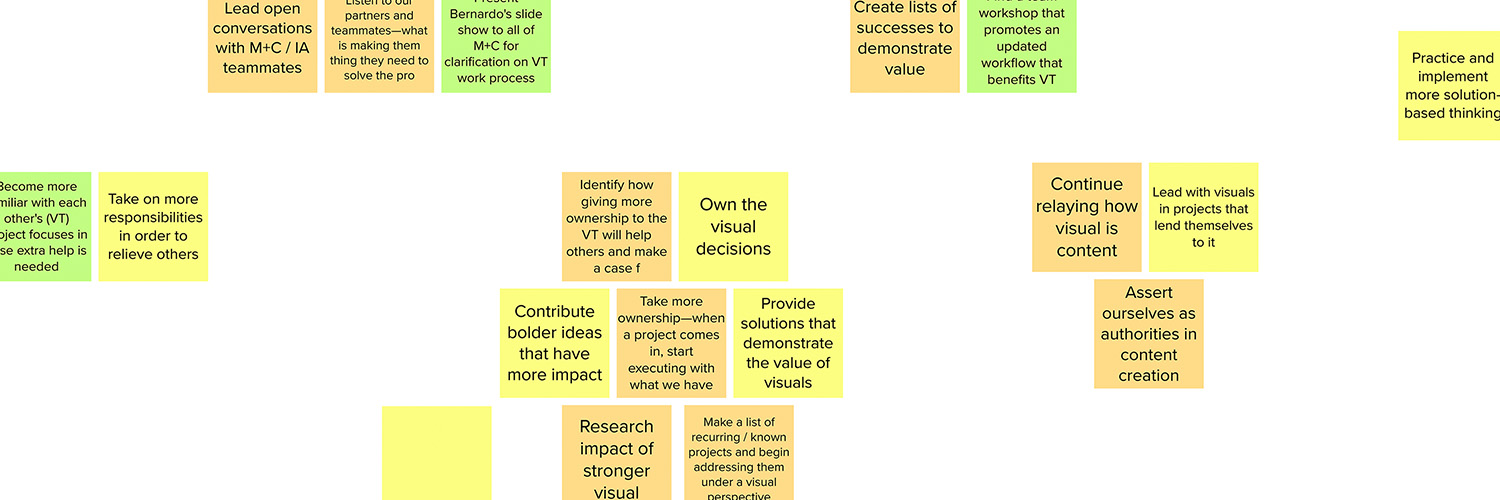
Working with the team
Motivation
- As a leader, I valued the team’s input and used it to improve how we worked
Solutions
- Established periodic team meetings to identify areas of improvement and concern for the team
- Used one-on-ones with my team members to identify individual needs and areas where they required additional support
- Evaluated team’s needs and co-ideated solutions
Outcomes
- Some of the solutions we implemented included weekly team meetings to review workloads, dedicated availability slots where the team could meet with me over Zoom, tailoring project assignments to develop individual skills and cater to their interests
- Positive team morale and satisfaction based on team’s and external feedback
- We increased our in-house creative offering to include new areas such as motion graphics and illustration
Through my journey as the Creative Director, I was able to impact our approach and boost the team’s efficiency by a remarkable 25%, while improving the team’s satisfaction. Our collaborative strides set the team on a path of sustained success and innovation.
